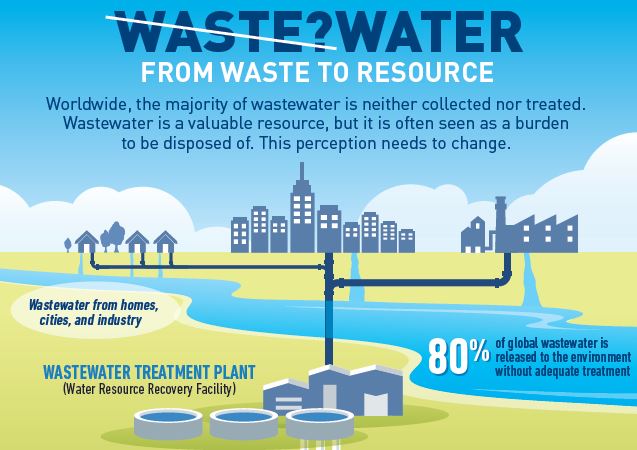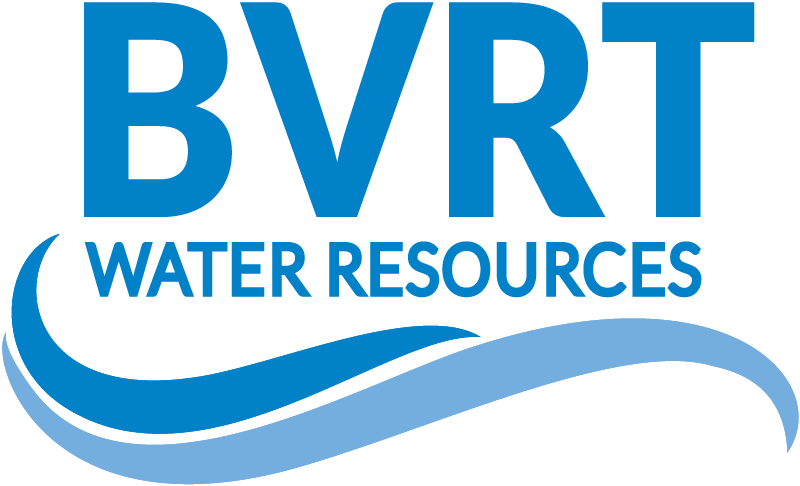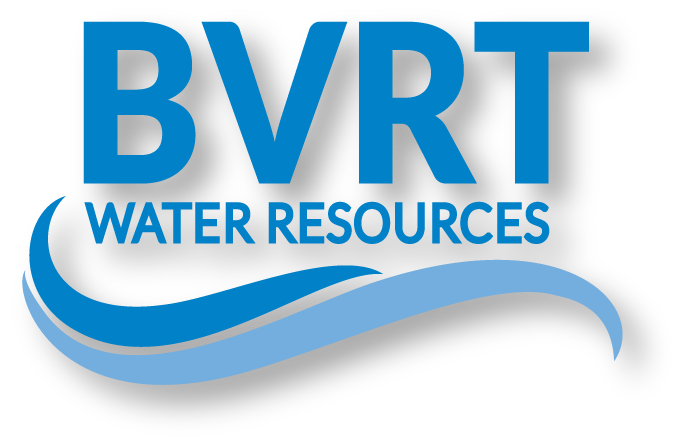Wastewater treatment: A critical component of a circular economy

Download the complete infographic
The 8th World Water Forum was held in Brazil a few days ago. What’s ironic is that the more than nine thousand of us attending this Forum were discussing water-related issues in a city of three million grappling with a severe water shortage. After checking in at my hotel, the first thing I found in my room was a notice from the Government informing guests of this crisis and recommending ways to reduce water use. We recently learned of the predicament in Cape Town, South Africa, which was on the verge of running out of this essential liquid—a plight facing many cities around the world.
The way in which we have been managing this resource and its services is clearly not a long-term solution. Traditional investment planning, design, and operating models are linear in nature: water is extracted from the source, treated, and used, and the wastewater is then treated and discharged in a receiving water body. Realizing this goal will entail rethinking the current wastewater treatment model.
In a bid to foster this paradigm shift in Latin America, we are working with the CAF and several countries to implement the “Wastewater: From Waste to Resource” initiative. As part of this effort, a session was organized during the World Water Forum to facilitate discussions with governments and the private sector on the challenges and opportunities associated with promoting this fundamental change. “Wastewater treatment plants” should be abandoned in favor of “water resource recovery facilities.” Recovery of wastewater resources is already underway in several countries, albeit in an ad hoc manner.
So here’s the million-dollar question: What do we need to do to secure buy-in for this paradigm shift in our region? Below are a few suggestions arising from our work:
- Appropriate legislation. Minimum effluent quality standards can be established in countries, as has already been done throughout most of the region. However, this legislation must be evaluated, taking costs associated with its implementation into consideration. Establishing strict effluent standards adopted in developed countries will have an adverse effect on the environment, as countries will be required to spend excessively on a small number of plants, leaving other sources of pollution untreated. Objectives for receiving bodies must be borne in mind when drafting legislation. These standards must be implemented over time in order to ensure compliance at a reasonable cost.
- Intersectoral regulation, policies, and incentives. These instruments must be adapted, aligned, developed, and implemented in concert with other sectors, as there may be regulations in other sectors (e.g., agriculture, health, energy) that prohibit the reuse of water or the use of biosolids such as fertilizers. Deriving income from bioenergy generation may not be possible if the electricity sector or the regulator has no incentive to promote the use, purchase and/or transportation of electricity generated from biogas.
- Initiatives developed as part of a basin planning framework. Basin planning paves the way for integration of the benefits and impacts of the interventions proposed in multiple sectors, incorporating climate risks and socioenvironmental considerations as well. Recent basin planning methodologies include participatory mechanisms to reduce conflicts among users. Projects that have adopted this approach promote resource optimization and efficiency and maximize economic and social well-being without undermining the sustainability of the ecosystems. Greater priority must therefore be given to projects that adopt a comprehensive approach for basins.
- A complete life cycle analysis that covers financial, environmental (including climate), and social aspects must be used to assess treatment plants. Financing sources for O&M must be explored and secured prior to launching new plants, expansions, and/or rehabilitation works. If O&M financing is inadequate, lower-cost technologies must be considered and potentially embraced, at least during the initial stage of the investment program. The plant’s contribution to the environment must not only be seen as improved water quality in the receiving body. It should also be viewed as a benefit tied to water reuse (e.g., substitution of alternative sources), energy generation from biogas (e.g., climate change mitigation and adaptation), and the use of biosolids as fertilizers (e.g., substitution of synthetic fertilizers). In addition, the positive social impacts of the facility must be taken into consideration during the entire cycle (e.g., jobs generated by the construction and O&M of the plants; increased value of properties owing to the improved quality of the receiving body; an appropriate alternative water source for farmers; low-cost fertilizers when a biosolid program is being implemented; improved health of the population). This life cycle analysis can be used to approve and justify tariff rates, and O&M costs can be covered by these rates and additional earnings from the sale of these recovered resources.
We have lots more to share in upcoming blogs, so we will be back soon with an in-depth look at various aspects of our initiative. Also check out and download these case studies highlighting innovative approaches on wastewater planning, management and financing.
- San Luis Potosí, Mexico
- Santa Cruz de la Sierra, Bolivia
- PRODES, Brazil
- Atotonilco de Tula, Mexico
- New Cairo, Egypt
- Durban, South Africa
- Ridgewood, NJ, USA
Original Article from World Bank Blogs

